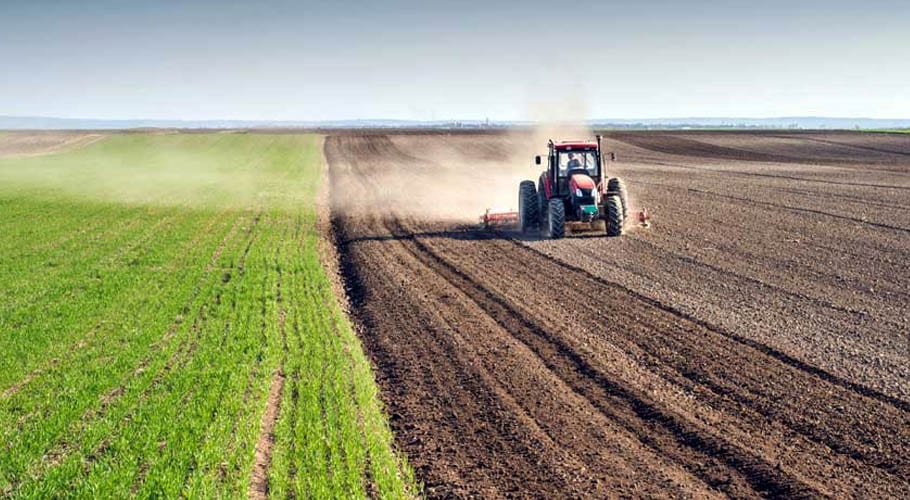
Agricultural Rehabilitation
Restoring Agriculture After Disasters
Agricultural rehabilitation is the process of restoring agricultural productivity in areas that have been affected by disasters, such as natural disasters, conflict, or economic hardship. The goal of agricultural rehabilitation is to improve food security and livelihoods for affected communities.
The Importance of Agricultural Rehabilitation
Agriculture is the backbone of many rural economies, providing food, income, and employment. When agriculture is disrupted, it can have a devastating impact on the lives of rural families. Agricultural rehabilitation is essential for helping these communities recover from disasters and rebuild their livelihoods.
Principles of Agricultural Rehabilitation
Agricultural rehabilitation should be based on the following principles:
- Community participation: Affected communities should be involved in all aspects of the rehabilitation process, from planning and implementation to monitoring and evaluation.
- Sustainability: Rehabilitation efforts should focus on long-term sustainability, using practices that are environmentally friendly and economically viable.
- Gender equality: Women play a critical role in agriculture, and their needs should be addressed in all rehabilitation programs.
- Coordination: Rehabilitation efforts should be coordinated with other relief and development programs to ensure that they are effective and sustainable.
Strategies for Agricultural Rehabilitation
There are a variety of strategies that can be used to rehabilitate agriculture, depending on the specific context. Some common strategies include:
Examples of Successful Agricultural Rehabilitation Programs
There are many examples of successful agricultural rehabilitation programs around the world. One example is the Food and Agriculture Organization of the United Nations (FAO)’s Emergency Rehabilitation Project for Afghanistan, which helped to restore agricultural production in the country after decades of conflict.
Another example is the World Bank’s Agriculture Sector Rehabilitation Project in Liberia, which helped to improve food security and livelihoods for rural communities in the country after a long civil war.
Conclusion
Agricultural rehabilitation is a complex but essential task. By investing in agricultural rehabilitation, we can help to improve food security, livelihoods, and resilience in communities that have been affected by disasters.
